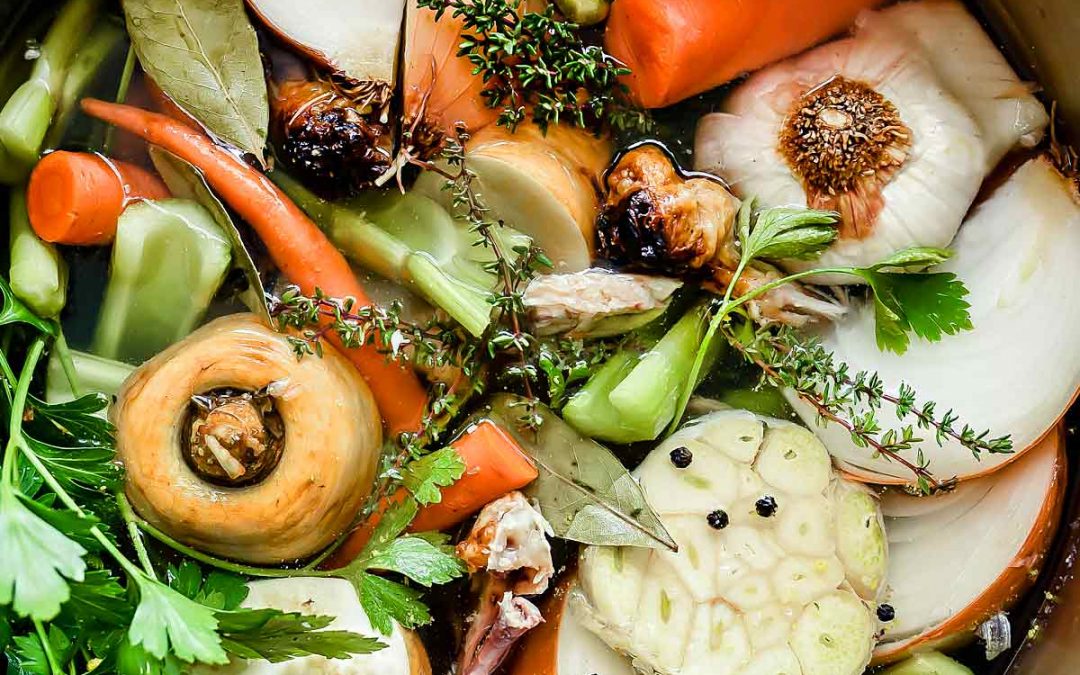Waste Not, Want Not: Use It All
By John J Kriz
Food waste is a problem. Not just what we do with it (ends up in a landfill, mostly) but also the natural and human resources used to produce, transport and market it. Research from the United Nation shows that around 17% of food is wasted worldwide – that’s One Billion Tons. In the US, the Department of Agriculture estimates between 30%-40% of food is wasted. Why?
Cause of Food Waste
True, some food loss is due to spoilage or contamination, but not most of it. For the rest of the food loss, reasons vary. “I don’t like those parts.” “It’s too difficult to prepare, or I do not know how.” “It looks funny!’ (Think of those weirdly shaped carrots that never make it to the grocer.) Most of these challenges can, and should, be overcome. (Fun fact: That carrot tastes the same, regardless of how it looks.)
Ideas of How to Reduce Food Waste
Now, some food should be disposed of. Think corn husks, silk and cobs. They can, and should, be composted. But many foods typically entering the trash stream, or composted, can be consumed.
A few examples:
- Broccoli stalks. OK, they take a while to cook, and you’ll need to peel off the stringy outer skin and dice them finely, but these stalks contain much nutrition and oodles of fiber. People eating the Standard American Diet (SAD) tend to be fiber-poor. And fiber is a big plus for our gastrointestinal (GI) tracts, and the GI tract, and associated microbiome, have big effects on our immunity. Broccoli leaves are also high in anti-oxidants, calcium and vitamins E and K. Both stalks and leaves work well in soups and stir fries.
- Bones. Yes, you’ll eventually dispose of them (let’s hope in a compost stream) but the bones left over from a roast chicken, or ham, can have several uses. One way is making stock, also known as bone broth. This is how grandma made that great chicken soup. What to do? Got bones, make soup.
Get a big pot of water, and add the chicken carcass and skin to the pot, along with around a half cup of apple cider vinegar (helps leach the collagen out of the carcass – and collagen is fabulous for hair, skin, nails and joints), a few diced carrots and celery stalks, a rough cut onion (include skin), a bulb of garlic cut in half, some diced ginger, a tablespoon of turmeric (great anti-inflammatory) and a few spices like rosemary, juniper berries and cloves. Bring to a boil, and reduce to a simmer. Let cook for around 10-12 hours, strain out (and compost) the solids and use the rest as a soup or stew base, or for cooking rice, buckwheat or quinoa. The flavor is fabulous, as is the benefit for your microbiome. And that ham bone? Add it to that split pea or lentil soup you’re making, or to those slow-cooked baked beans. Yum.
- Trotters. Also know as pig’s feet, they can be eaten on their own, or added to a soup or stew for flavor, and later composted. The high level of cartilage in trotters creates much collagen when cooked, and they serve to thicken the soup or stew. Pig tails and ears work as well.
And if you’re wondering whether these strategies really work, the answer is Yes. I have done them all.
New Canaan’s Food Scrap Solution
New Canaan is fortunate to have good recycling facilities at the town’s Transfer Station which include not only paper, metals and plastics, but also composting bins for fruits, vegetables and bones – items that were too often tossed in the trash when they could have been composted and then returned to the earth, as nature intended. But before that happens to some of these edibles, let’s think creatively about how they can be consumed, or otherwise used, thus reducing the compost stream, and likely saving us all money.
Waste Not, Want Not. It’s a New England tradition.

